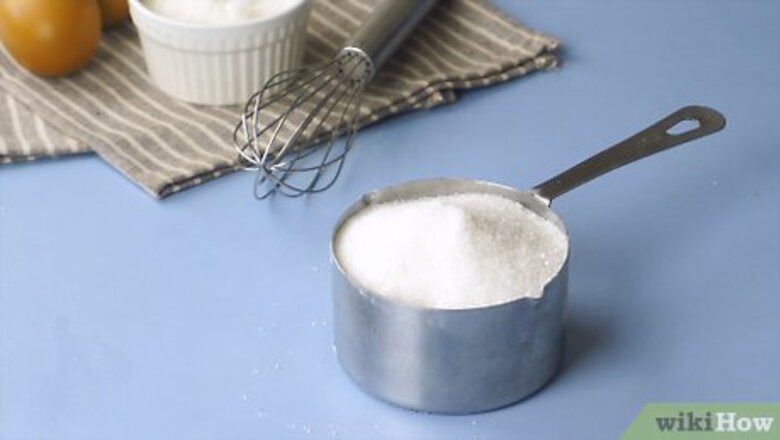
views
X
Research source
The process isn't difficult, but it's important to monitor the sugar carefully so it doesn't burn. See Step 1 to find out how to start.
Melting Sugar
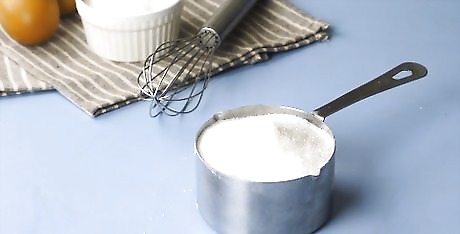
Measure out the sugar. Determine how much sugar you want to melt. Since sugar is so tricky to melt evenly without letting it burn, you shouldn't attempt to melt more than 2 cups at a time. If you need more for your recipe, melt a second batch separately. Use white granular sugar, also known as table sugar. A good rule of thumb when melting sugar is that 2 cups of sugar will make enough melted sugar to make 1 cup of caramel.
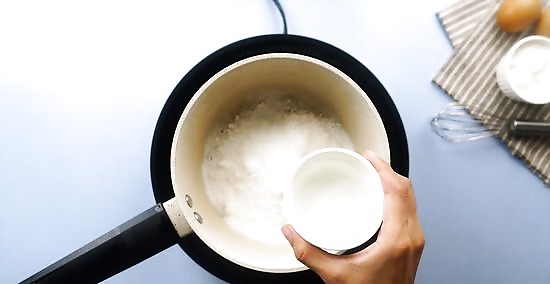
Place the sugar and cold water in a heavy-bottomed pot. A heavy-bottomed pot insures an even distribution of heat. A medium-sized saucepan is usually perfect to use for melting sugar. Aluminum or steel pots work best. Use half as much cold water by weight as the amount of sugar you are using. Make sure the pot is completely clean. If sediment is left in the pot, sugar crystals could form around it. A pot is a good option—it has a lot of surface area that will be hitting the sugar.

Place the pot on the stove over medium low heat. Using low heat means the sugar will take awhile to melt, but don't be tempted to turn it up; sugar will quickly burn when cooked over higher heat. Using low heat gives you better control.
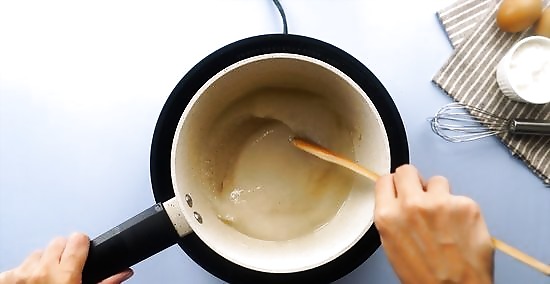
Stir continuously until the sugar is dissolved. Stirring at the beginning of the process helps break up lumps and make sure that the sugar is heated evenly. It's best to use a wooden spoon. Keep stirring until the sugar mixture turns clear and begins to boil. At this step, different candies can be made based on the final temperature of the sugar. Use a pastry brush to wash any sugar off the edge of the pan back down in with the rest of the sugar. If crystals form on the edge of the pan, they can seed crystal formation in the entire mixture and the sugar will seize. Brushing the sides of the pot very carefully with warm water can prevent this.
Caramelizing Sugar
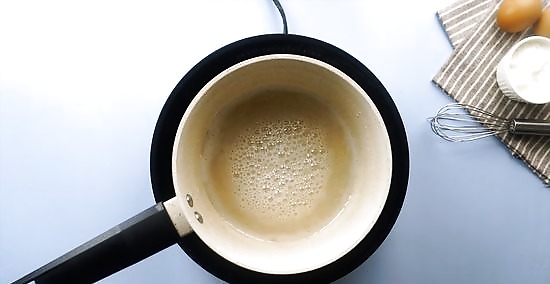
Cook for 8 to 10 more minutes without stirring. Once the sugar has melted and starts to boil, let it cook until it caramelizes. Stirring at this point could cause crystal formation, so don't stir any more from this point on. The pan may be gently swirled to even the cooking process. The resulting caramel color should be a slight golden brown that forms at the edge of the pan.
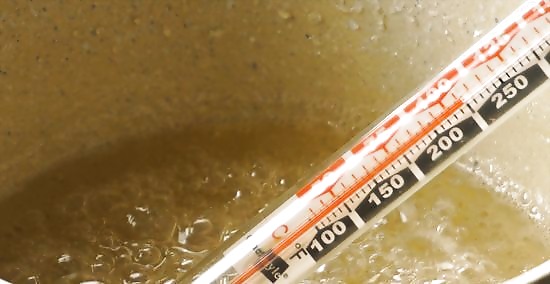
Check the temperature of the sugar with a candy thermometer. If you want the sugar to stay in its liquid form, it is ready when it reaches 340 to 350 °F (171 to 177 °C). At this point the color will be a rich golden brown. Removing a small spoonful of the mixture and placing it on a white plate will show the caramel's true color.
Using Melted Sugar
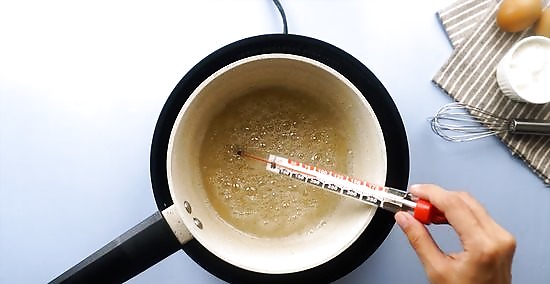
Look for the appropriate doneness. Different temperatures are desirable for different applications. When your sugar reaches the desired temperature for your particular recipe, it is done. Use it immediately. Thread stage: 223 to 233 °F (106 to 112 °C) A teaspoonful of sugar will form thin threads when dipped into and removed from cold water. It is good for candying fruits and nuts. Soft-ball stage: 235 to 240 °F (113 to 116 °C) A teaspoonful of sugar will ball when dipped in cold water; the ball immediately flattens when removed from the water. It is good for making fudges and fondants. Firm-ball stage: 245 to 248 °F (118 to 120 °C) A teaspoonful of sugar will ball when dipped in cold water; the ball holds its shape when removed from the water but loses it when it reaches room temperature or pressed. It is good for making caramel candies. Hard-ball stage: 250 to 266 °F (121 to 130 °C) A teaspoonful of sugar will ball when dipped in cold water; the ball squish slightly when pressed or will be hard and sticky when removed from the water. It is good for making divinity or marshmallows. Soft-crack stage: 270 to 290 °F (132 to 143 °C) A teaspoonful of sugar will separate into pliable threads when dipped in cold water. Hard-crack stage: 295 to 310 °F (146 to 154 °C) A teaspoonful of sugar will separate into brittle threads when dipped in cold water. Caramel stage: 320 to 350 °F (160 to 177 °C) The sugar will brown in the pan and start to have a caramel smell.
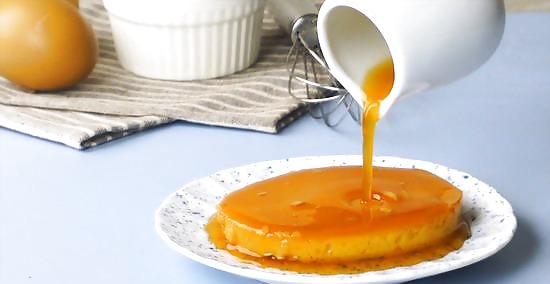
Make flan. This classic Mexican dessert is made by pouring the melted, caramelized sugar into a pan, then topping it with a creamy egg mixture and baking until set. The pan is turned over onto a plate so that the warm brown caramel tops the dessert.
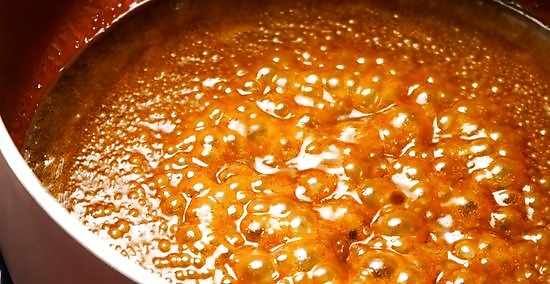
Make caramel. To make a creamy caramel sauce, cream and butter are added to the sugar after it has melted. This mixture is then used as a delicious topping for ice cream, chocolate cake and other decadent treats.
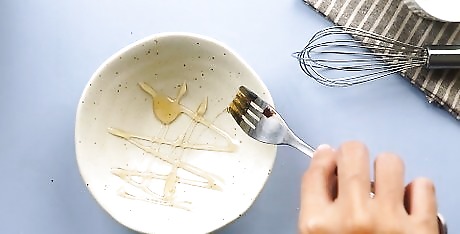
Make spun sugar. Spun sugar is made by cooking melted sugar until it reaches the hard ball stage, meaning it will harden once it cools to room temperature. It can be used to make amazing designs to decorate all types of desserts.
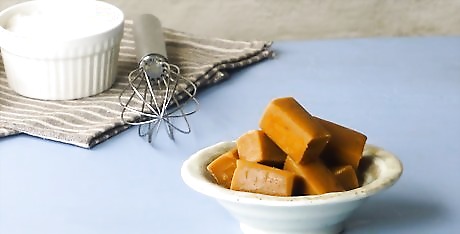
Make caramel candy. This buttery, flavorful candy is made by adding cream and butter to the melted sugar, then cooking the mixture until it reaches the hard ball stage. At this point, the caramel is poured into molds and left to harden at room temperature.




















Comments
0 comment